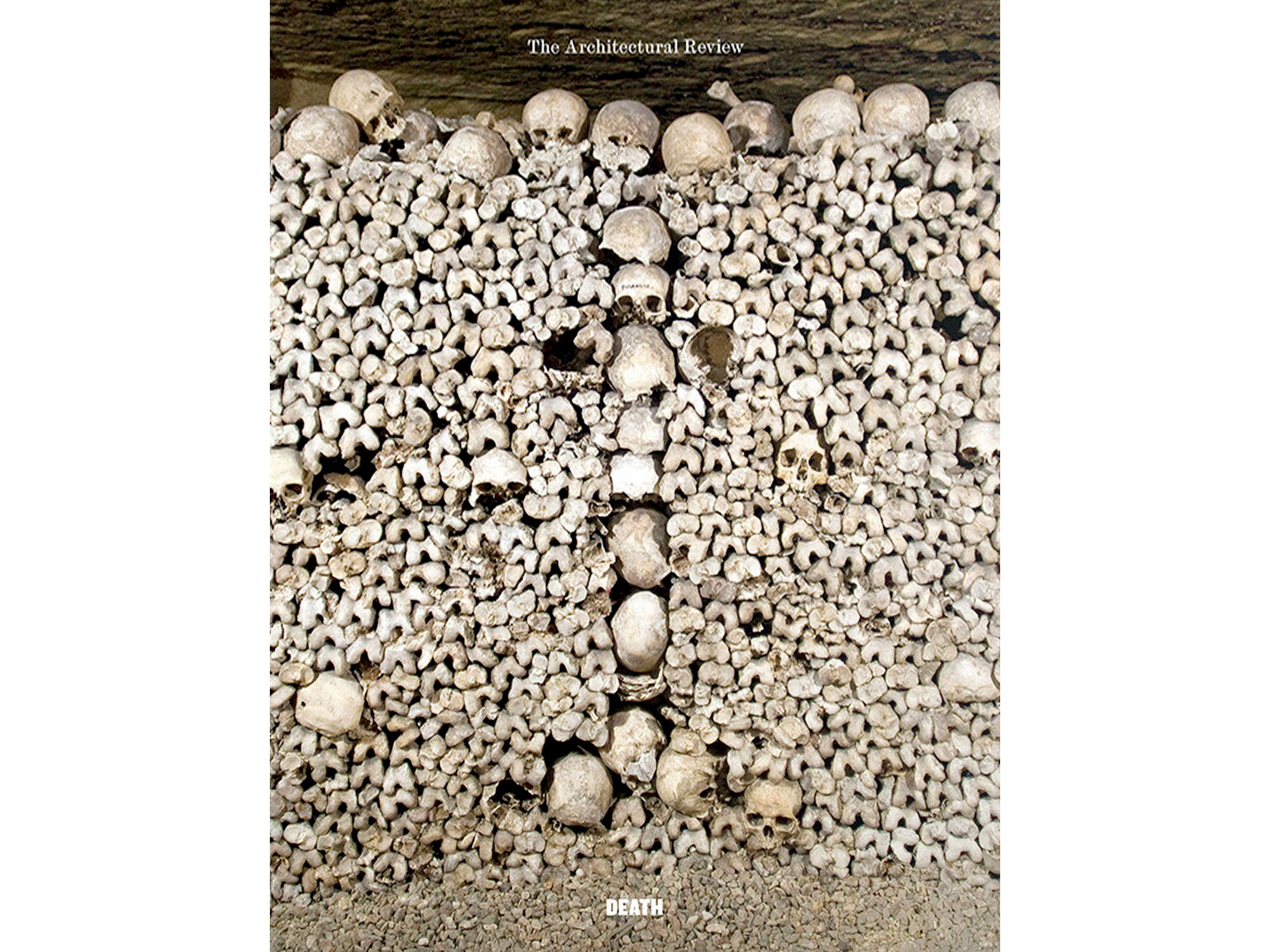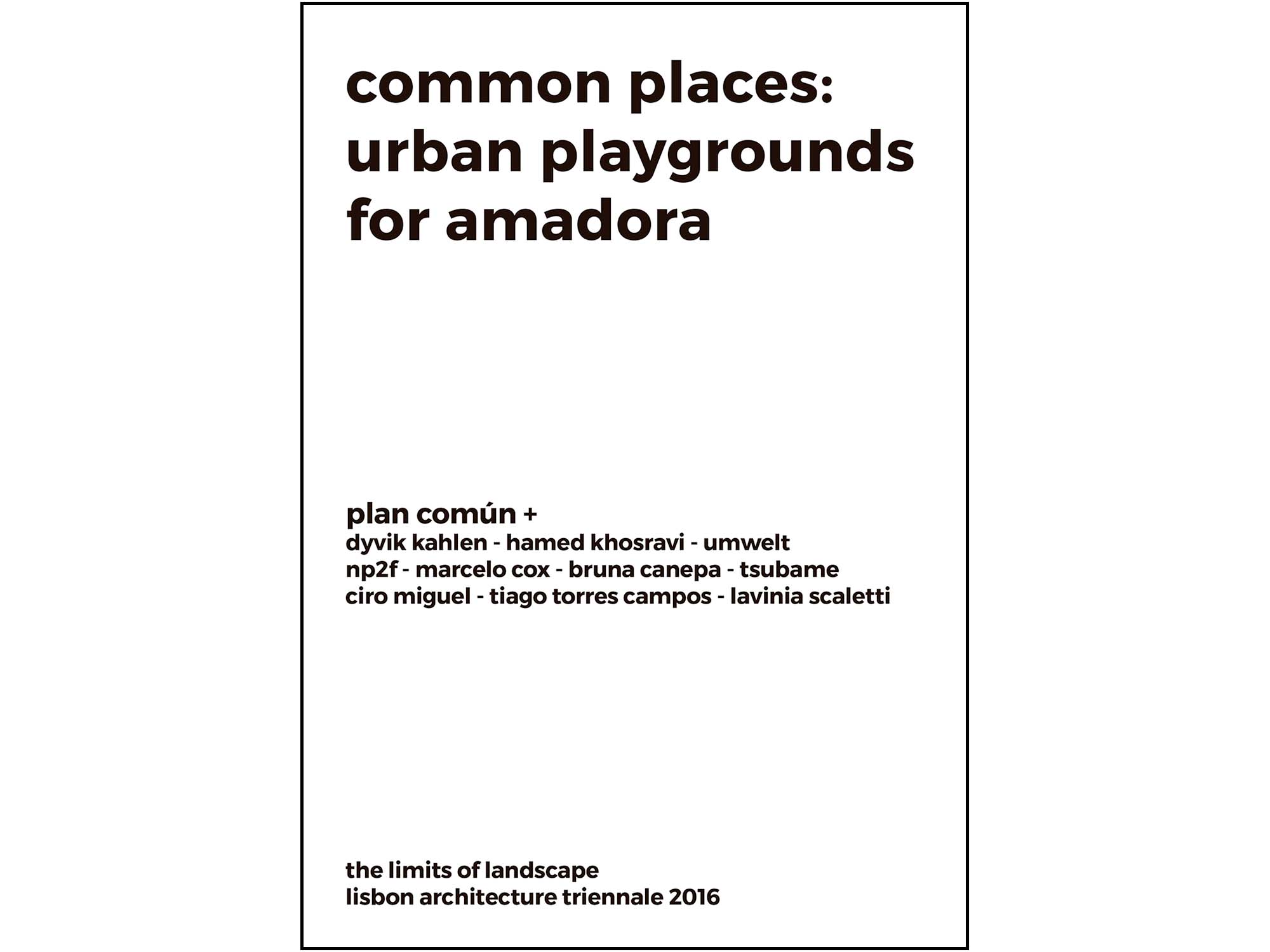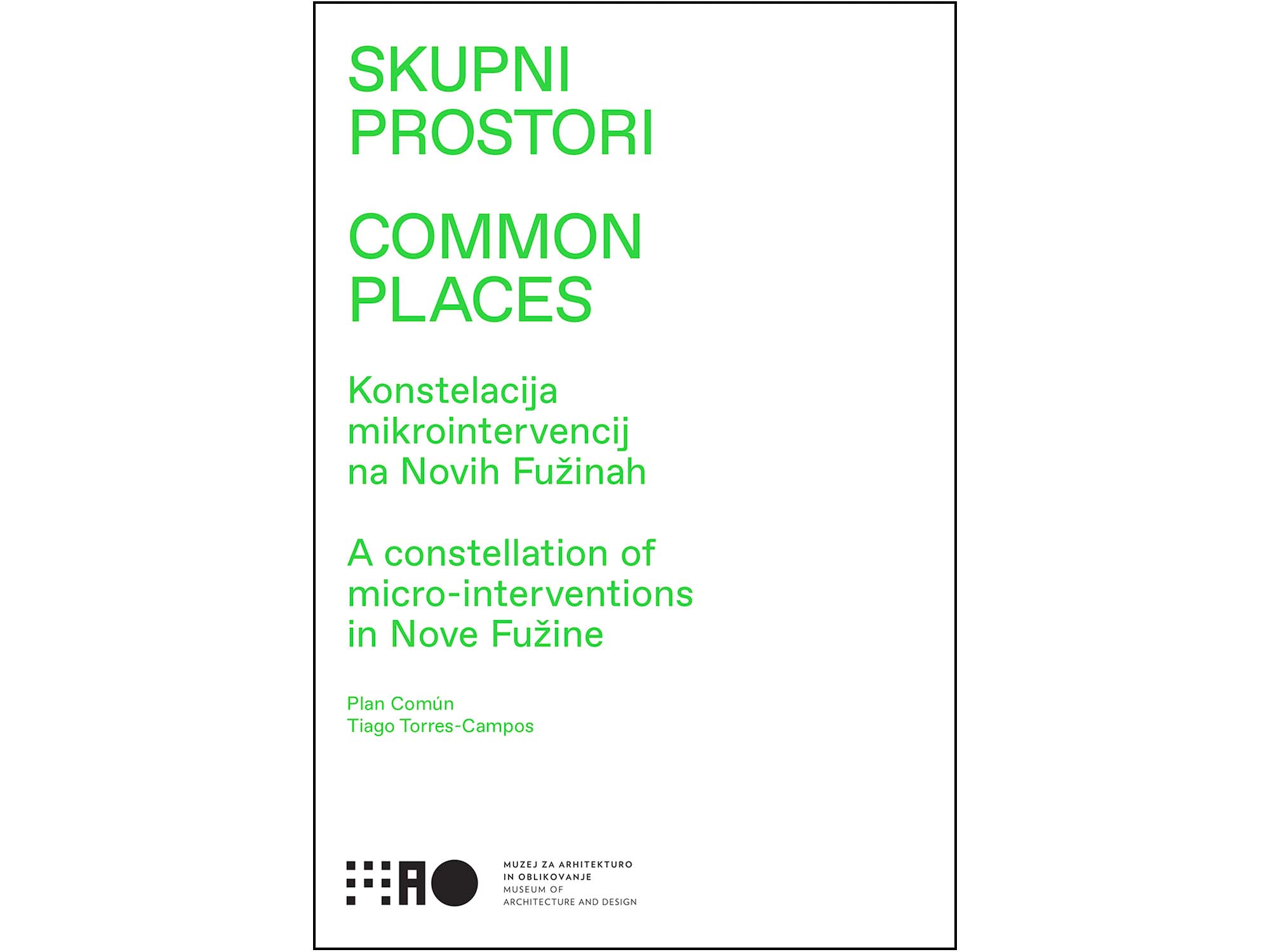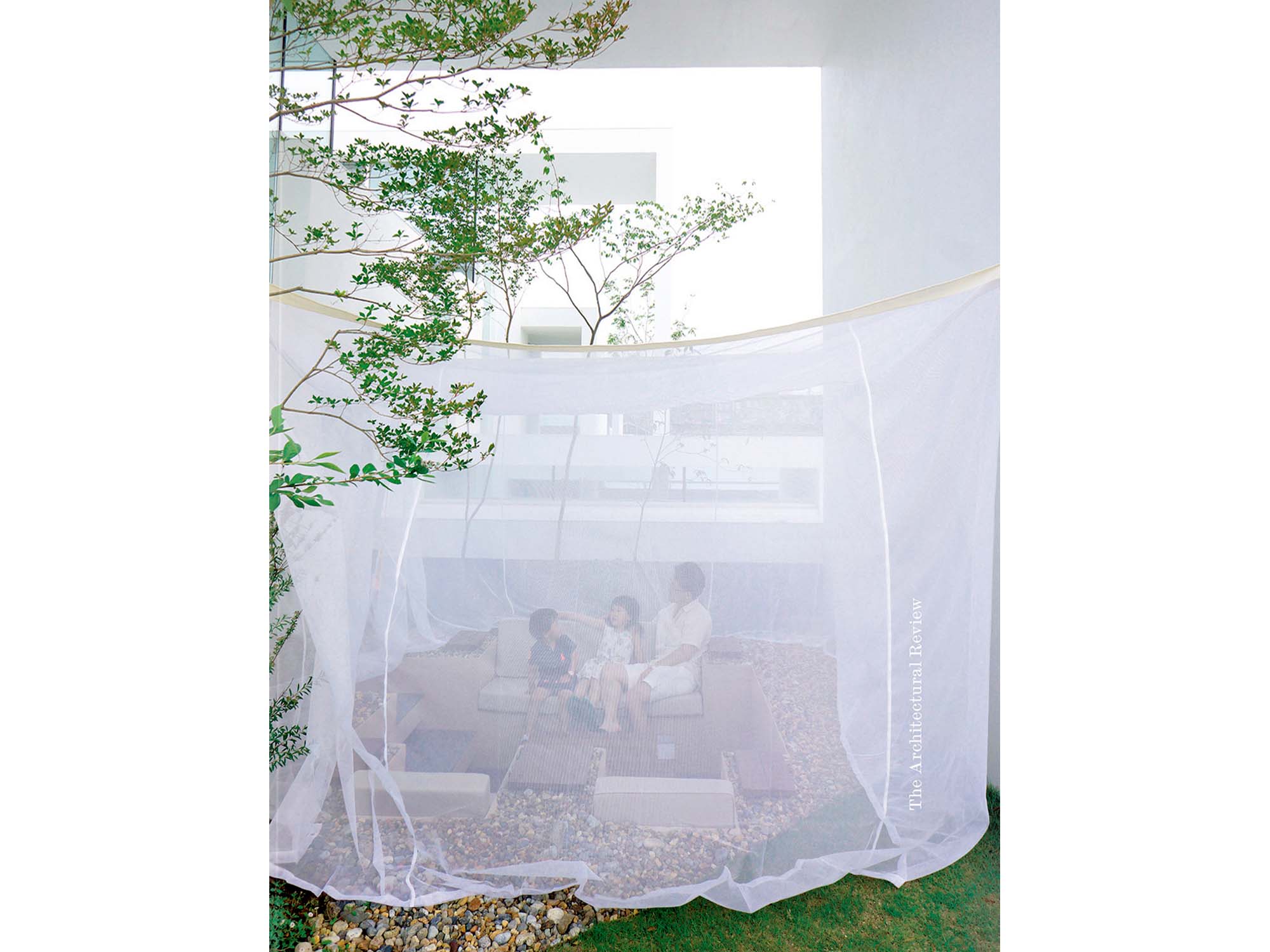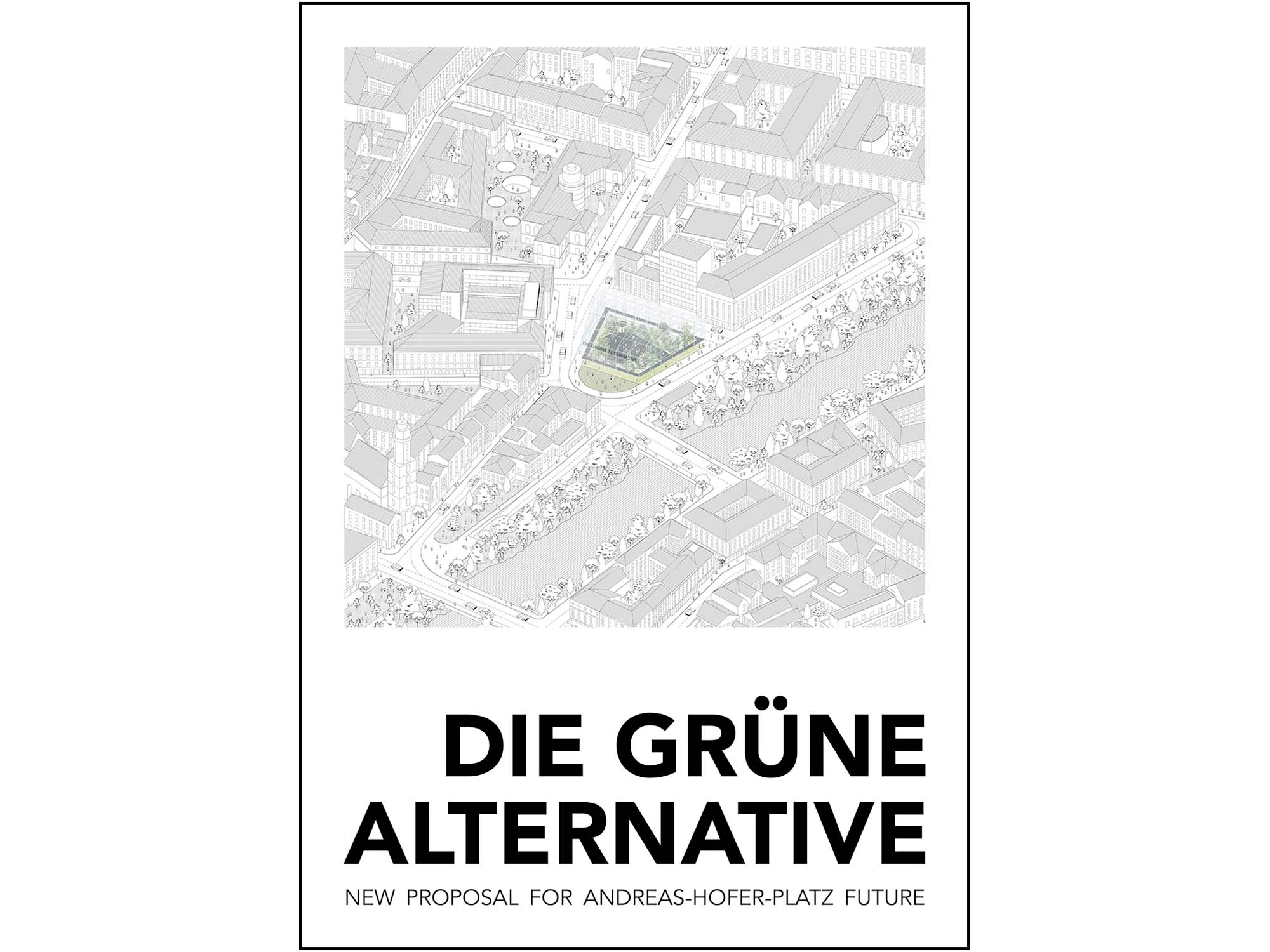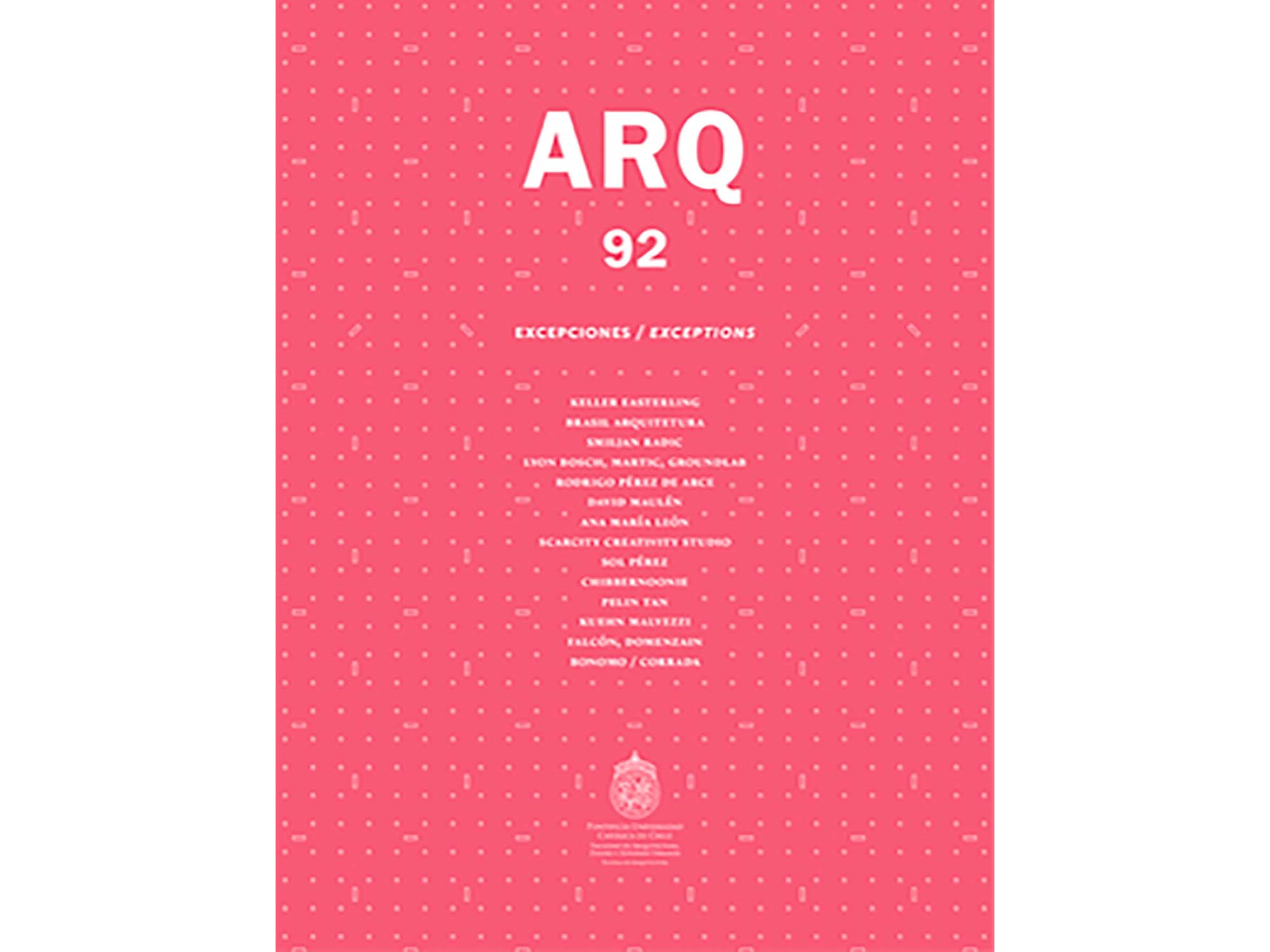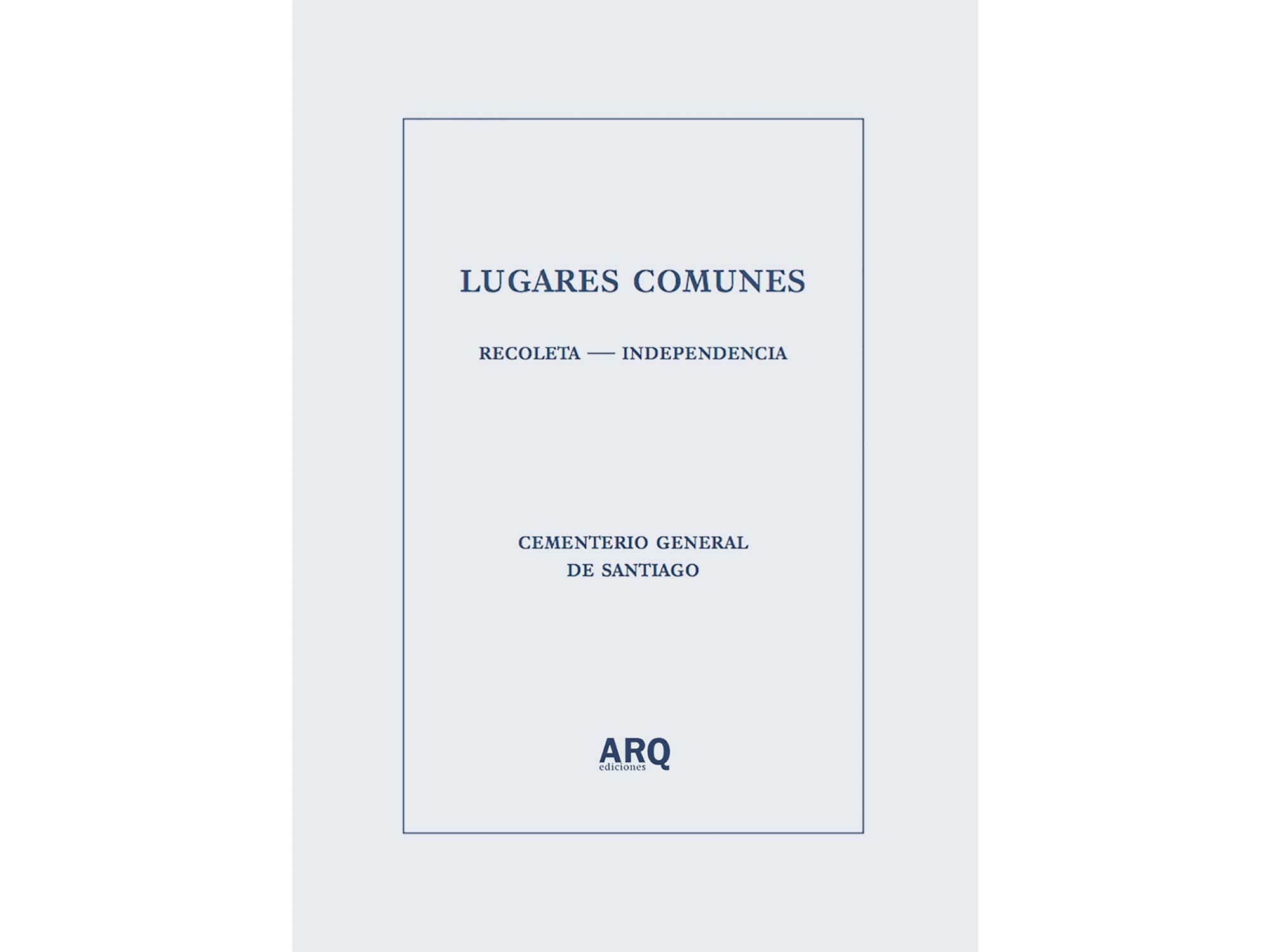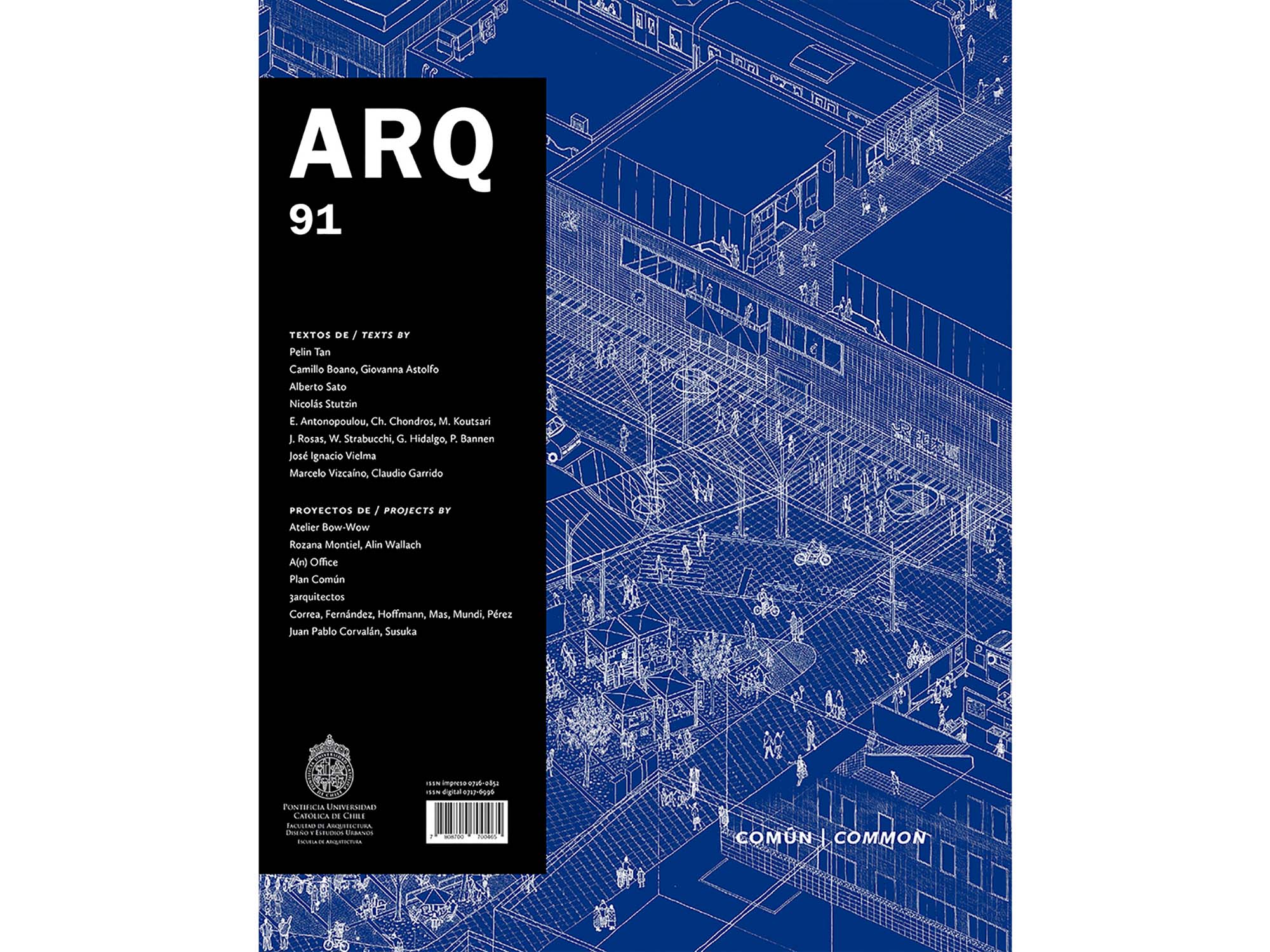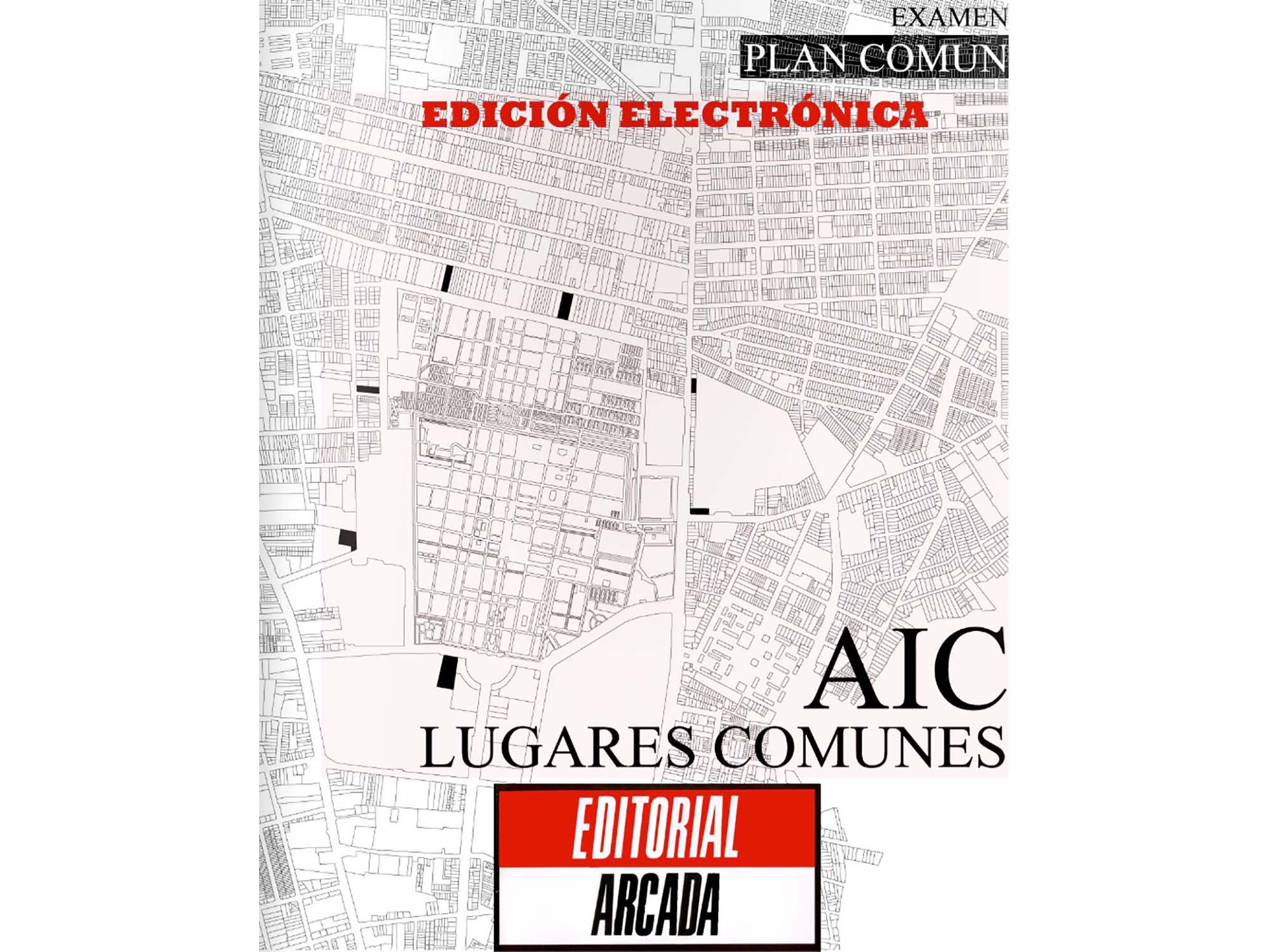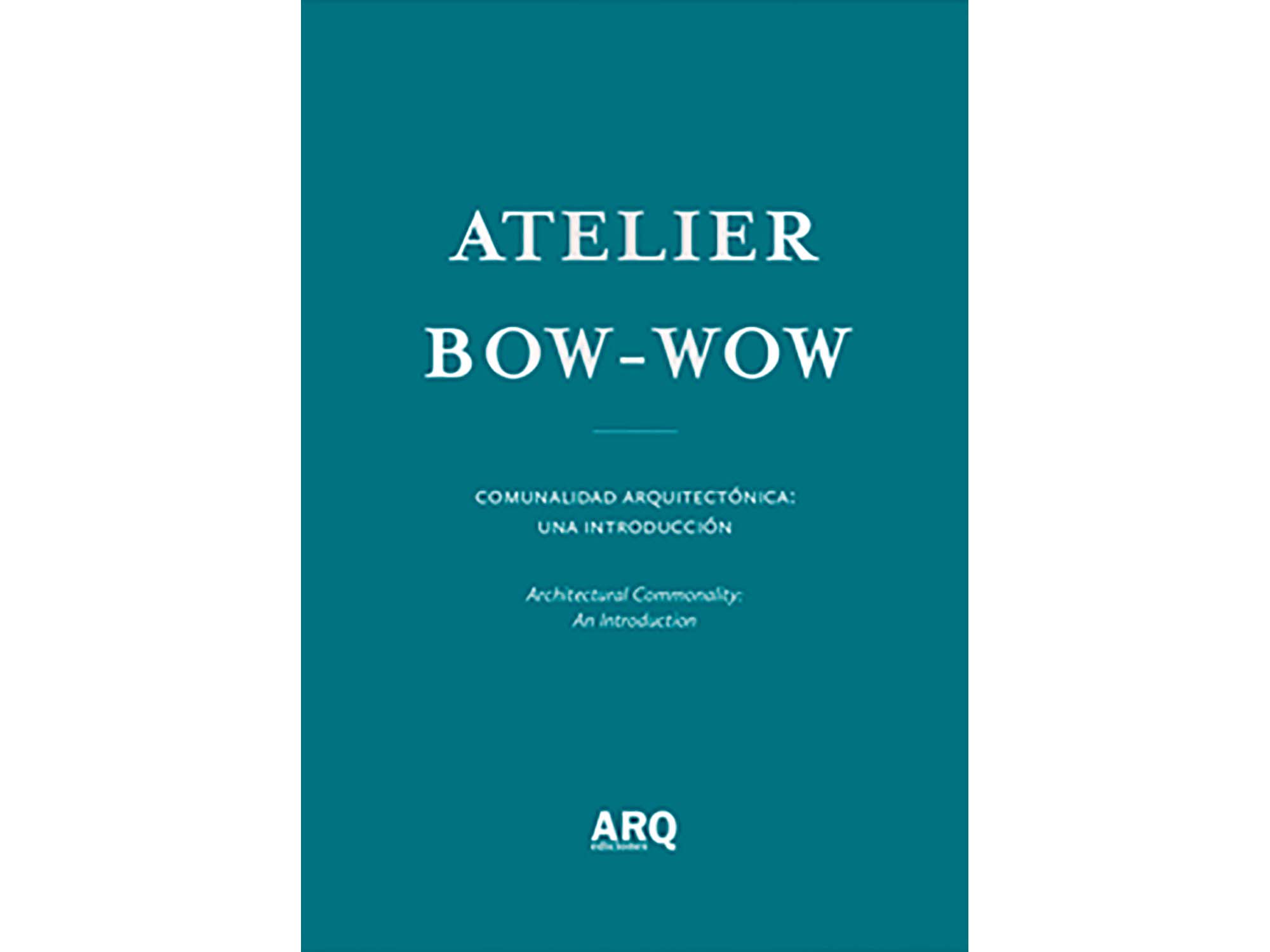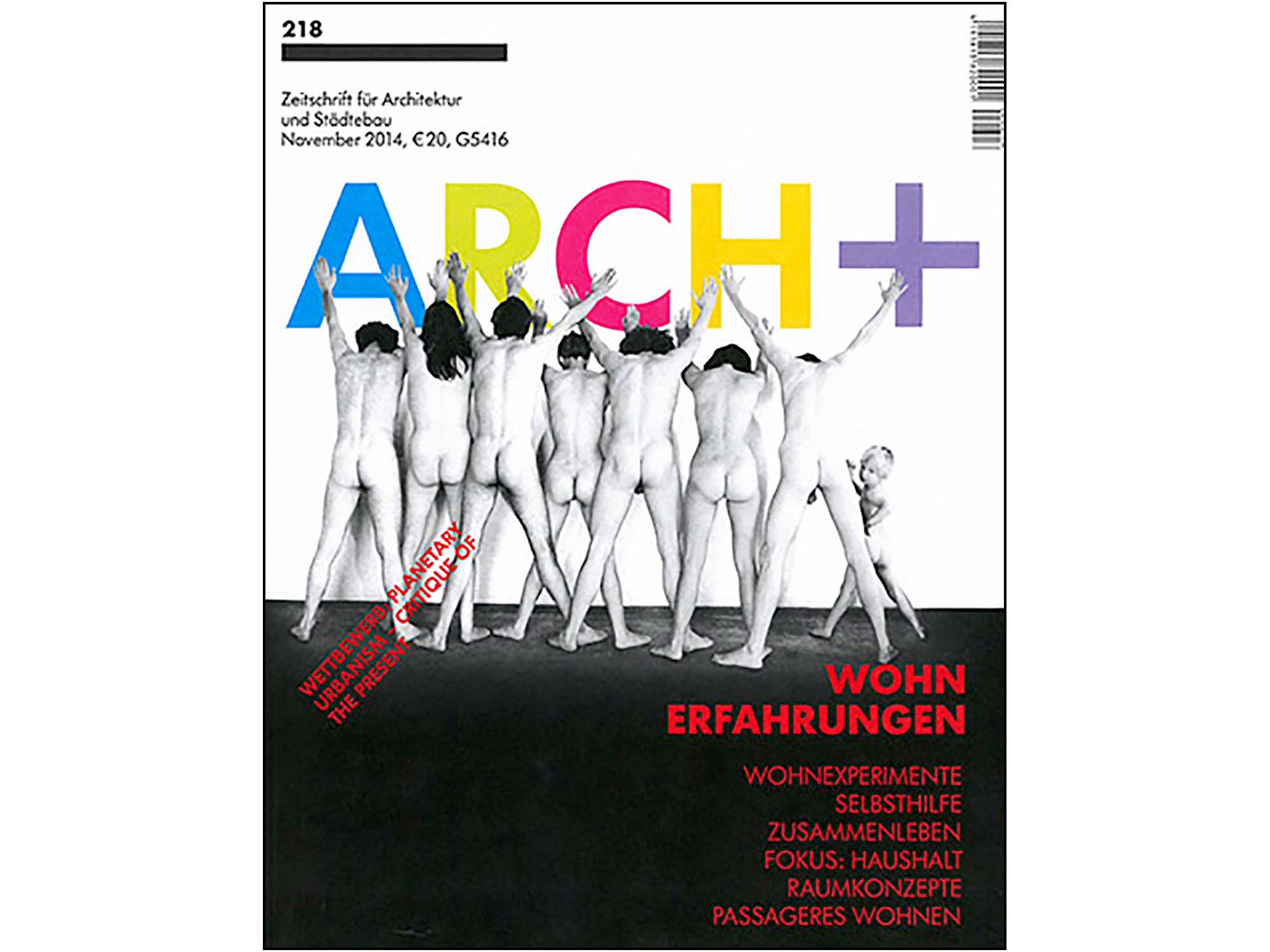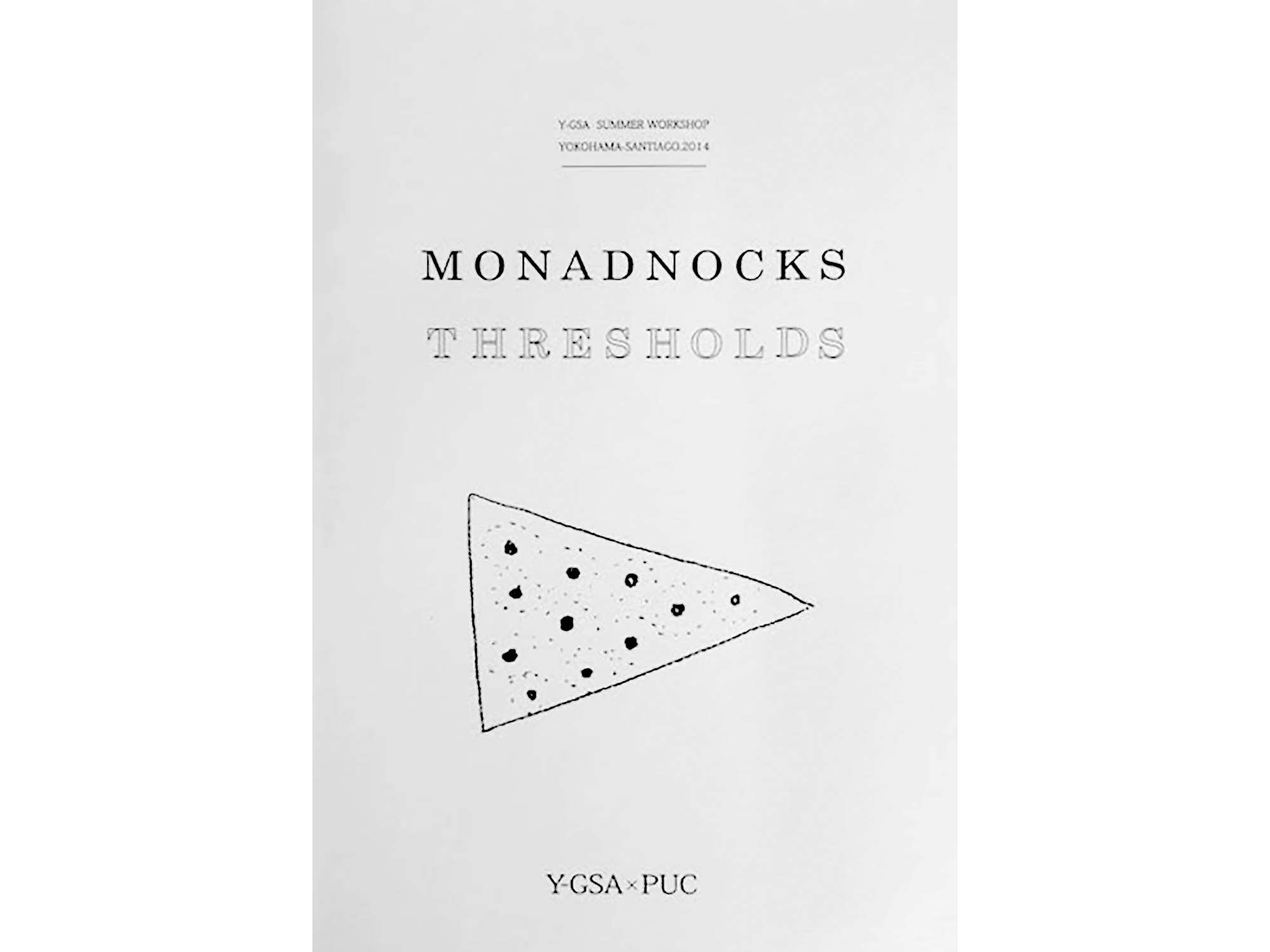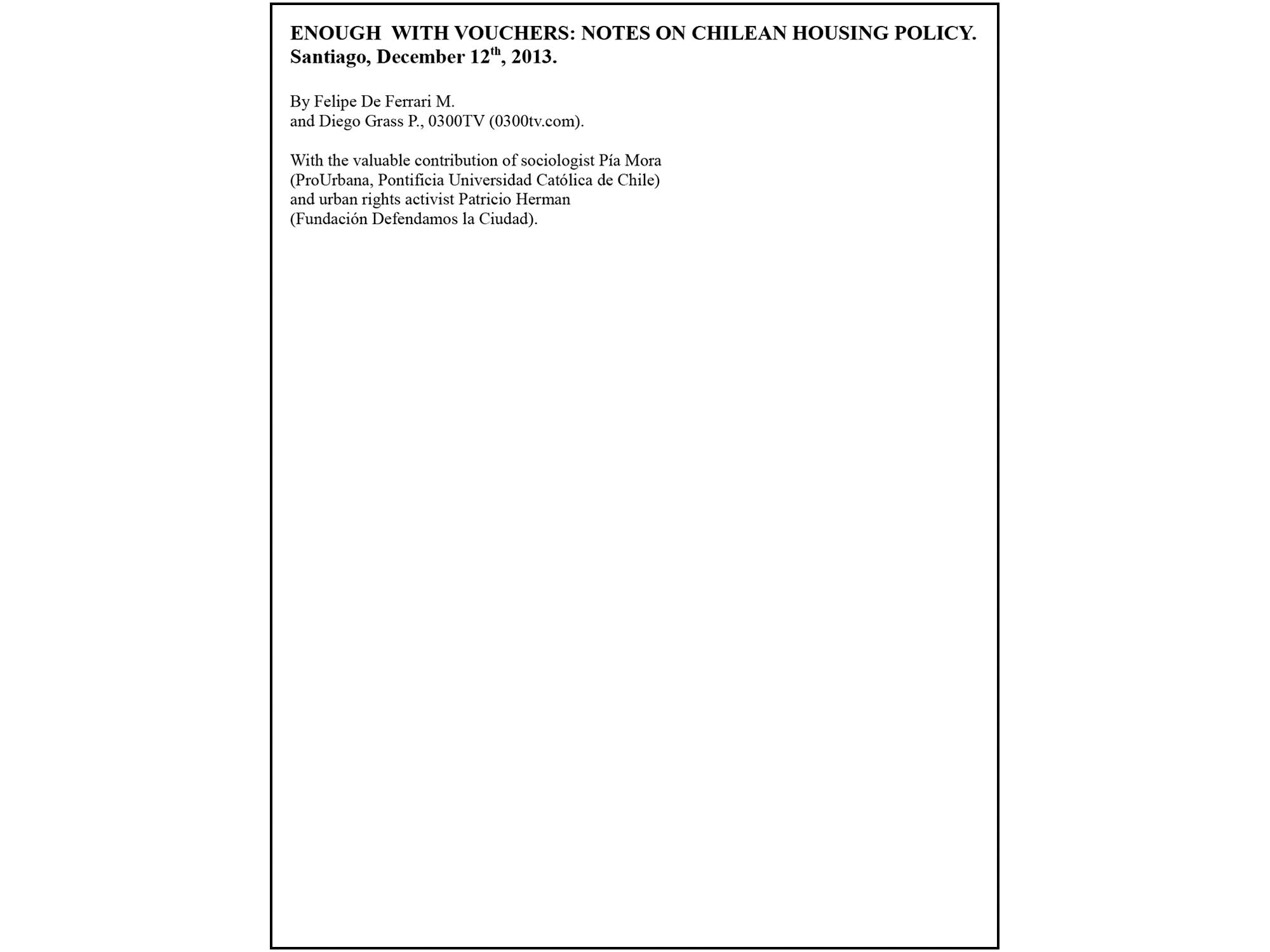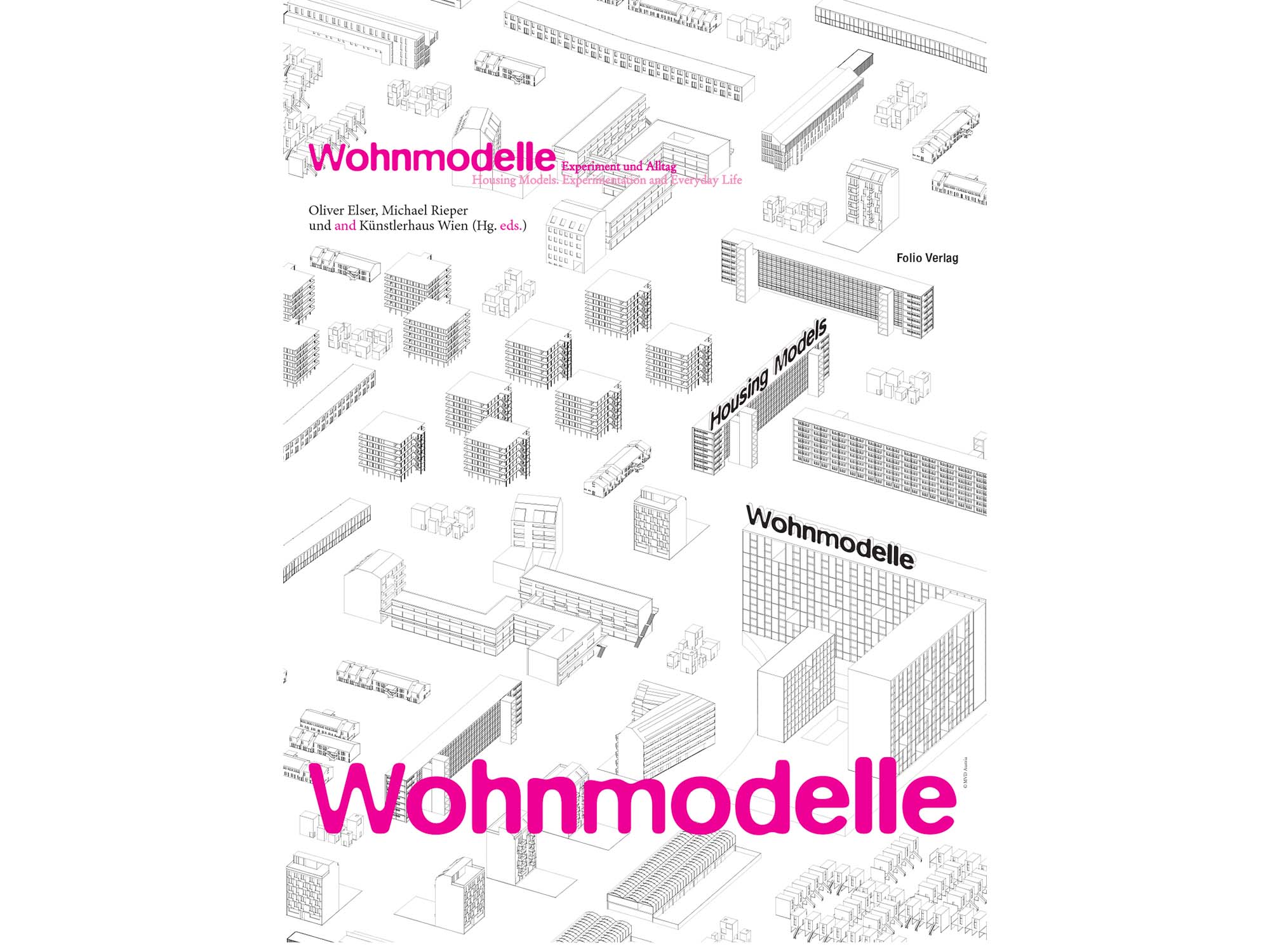Plan Común edited a report on Mapocho Pedaleable, a project to use and transform a segment of Mapocho river in Santiago, Chile. Commissioned by Corporación Pedaleable, the booklet contextualizes the whole process since the very beginning through a series of interviews with co-authors, activists and local authorities.
Architectural Review 1436 : Death
An article about Plan Común's recent works in Architectural Review's last issue, written by french architect Manon Mollard, illustrated by two cases of our on-going research project "Common Places" and focusing on the subject proposed by this particular issue : death.
Excerpt from the article : "Death, too, is on Plan Común’s agenda. And it is not only bringing it back into the lively streets, it is also extending urban life into the cemetery. Santiago’s Cementerio General, one of Latin America’s largest, is a huge open space at the heart of the city, currently neglected yet full of potential – especially in a city where there is little public space ‘in good condition, integrated into the urban fabric, accessible via the city’s public transport network, and of architectural interest’. Representative of Chilean society, its diversity and its inequalities – the southern end is listed as historical monument while the subsequent northern extension houses the dead of the lowest social strata – the cemetery is a direct reflection of the city of the living."
For more information :
Go to the article
Go to Common Places
Download PDF
Urban playgrounds for Amadora
"Common Places: Urban Playgrounds for Amadora", exhibition by Plan Común, including contributions by Bruna Canepa, Marcelo Cox, Dyvik Kahlen, Hamed Khosravi, Ciro Miguel, Np2f, Tsubame Architects, Lavinia Scaletti, Tiago Torres Campos and Umwelt. Both exhibition and publication are focused on public space, taking Amadora as an example of a conventional (neglected) city that is the ideal testing ground for new spatial intervention strategies in this type of urban fabric, which reveals the worst aspects of generic development. A collection of micro-public spaces designed by several practices.
This project is part of "The Limits of Landscape" satellite exhibition of Lisbon Architecture Triennale 2016 presented in Casa Roque Gameiro in Amadora, with the support of Future Architecture Platform, the first pan-European platform of architecture museums, festivals and producers, bringing ideas on the future of cities and architecture closer to the wider public.
For more information :
The Form of Form : The limits of Landscape
Download PDF
A constellation of micro-interventions in Nove Fuzine
"Common Places : A constellation of micro-interventions in Nove Fuzine" is a publication, edited by the Museum of Architecture and Design (MAO) which presents a commissioned project by Chilean-French architecture office Plan Común and the Portuguese landscape architect Tiago Torres-Campos, a series of brick constructions located in Nove Fužine, a part of Ljubljana where MAO is situated. Plan Común and Tiago Torres-Campos have designed five multifunctional plinths, which are strategically positioned over the entire neighbourhood: in the museum courtyard, along the river, in the historic garden, in front of the community centre and behind the famous city bus stop, designed by Saša J. Mächtig in the 1960s. The plinths build, encourage and reinforce different uses of public space and create specific relations with the surroundings. They intend to become platforms for contemplation, meeting points, stages for events, concerts or lectures, or simply structures on which to sit and enjoy the communal life of the neighbourhood.
The publication is one of the product of an exhibition that coincides with the kickoff event for 25th Biennial of Design: Faraway, So Close, also organised by MAO and curated by Angela Rui and Maja Vardjan. The exhibition is part of Future Architecture platform program, a European platform of architecture museums, festivals and producers that highlights the emerging generation of talents in various disciplines and enables them to present their ideas about the future of cities and architecture.
For more information :
Museum of Architecture and Design
Future Architecture Platform
Go to project
Download PDF
Architectural Review 1433 : Nida House
Review of Nida House –recent project by Pezo von Ellrichshausen- by Felipe De Ferrari
Excerpt from the article: “Being partners both in life and at work, for Pezo von Ellrichshausen personal life is completely integrated with the professional. While almost all of us are affected by everyday conflicts between living and working, the pair are facing the world from a very privileged position –or more precisely, their world: a shared project of life within art and architecture and without bureaucratic distinctions. Everything is personal”.
For more information :
Go to the article
Die Grüne Alternative
In 2012, Acoton Real State Company organized a competition which slogan was "Der Andreas-Hofer-Platz ist kein Platz" (‘Andreas-Hofer Platz is not a square’). The historical site in Vienna city center was bought by Acoton to Shell AG in 2008 for 12,5 M€. The brief of the competition was to build 13.500sqm (the maximum possible area according to law regulation) including commercial stores, offices, restaurants and housing. At that time the budget for the whole operation was 50M€. The winner project was designed by Atelier Thomas Pucher.
Four years have passed since the competition. The status of the square is still undefined and unclear. In order to discuss the future of this historical site, Haus der Architektur (HDA) and ISSSresearchinvited Chilean practice Plan Común to think in an alternative transformation of the plot.
For more information :
Go to project
Download PDF
ARQ 92 - House of One
Felipe de Ferrari has been invited to write an article in the 92th issue of the architectural magazine ARQ, about the interesting project of german architecture office Kuehn Malvezzi : the House of One, a project that gather religious spaces for Jewish, Christian and Muslim congregations.
Abstract : “Although there is no certainty that the ‘House One’ gets to be built, it represents a clear example of a shared venture, involving horizontal collaboration among institutions with different traditions and the definition of a system of coexistence through the strategic and transformative power of architecture.”
For more information :
ARQ 92 in ARQ Edition
English version of the article
Download PDF
Lugares Comunes : Recoleta - Independencia
"Lugares Comunes : Recoleta-Independencia" is an investigation led by architectural office Plan Común through two important academic events : a studio and an international workshop, supervised by Yoshiharu Tsukamoto of Atelier Bow Wow. Both instances were conducted at UC School of Architecture in Santiago, Chile.
The research is focused on developing projects in two joint districts in the city of Santiago: Recoleta and Independencia. Both municipalities were selected for their cultural and historical richness, two emblems of a city model in dangerous retreat. Given its privileged position in the metropolitan context, both municipalities begin to succumb to the strong pressure of real estate, an area where these interests have detected a paradoxical growth: by intangible conditions of a cultural nature, such development doesn't exploit the full potential of a sector, through good and numerous infrastructures and connection with the rest of the city. In such context, the General Cemetery appear as a contention toward the expansion of the private city as it can be designed as a center of gravity for both municipalities.
For more information :
Lugares Comunes in Ediciones ARQ
ARQ 91 : Lo Común
Plan Común's proposal for the international competition in Liget park, Budapest, of two museums of Architecture and Photography has been published in the 91st issue of chilean architecture magazine ARQ, which thematic is the common :
Excerpt from the article : “En cada oportunidad que tenemos nos preguntamos cómo potenciar y caracterizar el espacio público. Usamos explícitamente el proyecto a favor de espacios colectivos y buscamos el espacio extra, generalmente incapaz de ser conceptualizado por los deseos de un cliente o las bases de un concurso (que tienden a institucionalizar o comercializar todo). El proyecto transformador de la sociedad tiene urgencia, lo que nos obliga a concentrarnos en lo estructural de un proyecto: su potencial revolucionario como antídoto a las migajas que nos ofrece el neoliberalismo.”
For more information :
ARQ 91 in Ediciones ARQ
Article in English & Spanish
Download PDF
Go to project
Taller Santiago: Híbridos Metropolitanos
Felipe de Ferrari & Diego Grass were invited to participate in the studio and publication "Taller Santiago: Híbridos Metropolitanos" lead by chilean office Umwelt at the Universidad Mayor in Santiago. The studio is focused on the study of the notion of mixed building and hybrid use and their applications in Santiago de Chile, specifically in the municipalities of Santiago and Providencia, during the second half of the twentieth century.
From the article: “necesitamos conceptualizar y re-diseñar nuestros espacios colectivos: dar forma y materia a espacios de encuentro fértiles, disponibles para una sociedad activa y des-mercantilizada. La arquitectura puede ser una disciplina clave del proceso de reclamación del mundo para el pueblo, un mundo que no está reservado solo para unos pocos.”
For more information :
Go to article
Taller Santiago : Híbridos Metropolitanos in Umwelt
Editorial Arcada - Lugares Comunes
Review of the studio "Lugares Comunes : Recoleta-Independencia", a serie of infrastructure projects around Santiago General Cemetery lead by Plan Común and published by ARCADA, student association at School of Architecture at the Pontificia Universidad Católica de Chile.
For more information :
Examen de taller - Plan Común in Editorial Arcada
ARQ Docs - Yoshiharu Tsukamoto
A book co-edited with Ediciones ARQ focusing on the work and theoretical discourse of Japanese practice Atelier Bow-Wow. It contains a special edition of four interviews made by OnArchitecture (Felipe De Ferrari & Diego Grass) with Yoshiharu Tsukamoto & Momoyo Kaijima, a selection of projects and 2 articles.
Excerpt from the article by De Ferrari y Grass : “Commonalities is the last concept and manifest coined by Atelier Bow-Wow and is the exact opposite of commodity. Determined by a critical reading of the contemporary condition in Japan and of the meannesses of the global economic system, this new concept expands and democratizes the research of Tsukamoto and Kaijima. It centers itself on studying informal and gratuitous spaces, where the local character is determined by the specificity of the space and its aptitude to receive and contain human activity. This time, Bow-Wow has chosen to concentrate on places that promote the collective life out of institutional frames. This is most potent bit of the investigation: it is a direct response to the depletion of the public space as we are in the habit of dealing with in many different countries and not as exclusive heritage of the city of Tokyo.”
For more information :
ARQ Docs Atelier Bow-Wow in ARQ Editions
"Commonalities" in Atelier Bow Wow
ARCH+ : The settlement Quinta Monroy after 10 years
Felipe de Ferrari of Plan Común & Rodrigo Perez de Arce, teacher at UC Architecture School, were invited to contribute to the 218th edition of ARCH+ with an article on Elemental project in Quinta Monroy: "The social fragility of informal housing. The settlement Quinta Monroy after 10 years of existence".
For more information :
The settlement Quinta Monroy after 10 years in ARCH+
Download PDF
ARQ Docs - Pier Vittorio Aureli
Pier Vittorio Aureli (1973), is an Italian architect and theorist, founding partner of DOGMA, and professor at the Berlage Institute in Rotterdam and at the Architectural Association in London. Aureli is probably one of the main intellectual references of contemporary architecture and author of books such as The Project of Autonomy (2008) and The Possibility of an Absolute Architecture (2011) have strongly impacted the discourse of architecture in recent years.
The present book has two interviews made by OnArchitecture (Felipe de Ferrari and Diego Grass) in Rotterdam 2010 and in Venice in 2012. In them, Aureli reviews a number of issues such as the relationship between architecture and academy, representation, education, public space, their projects with DOGMA, and the work of architects such as Mies van der Rohe, Ludwig Hilberseimer or Cedric Price. Alongside these dialogues, two introductory texts written by Emilio De la Cerda and Umberto Bonomo give the necessary elements to enter into Aureli's thinking. This book, published in English and Spanish, show for the first time to the latino-american public Pier Vittorio Aureli's ideas and a selection of major projects by DOGMA, an office architecture that he shares with Martino Tattara.
For more information :
ARQ Docs - Pier Vittorio Aureli en Ediciones ARQ
Dogma architecture office
Monadnocks & Thresholds
Publication with the results of the international workshop between the UC School of Architecture and the Yokohama Graduate School of Architecture (Y-GSA) led by Koh Kitayama, Kazuhiro Kojima, Diego Grass and Rodrigo Pérez de Arce and focused on heritage intervention projects at Downtown Santiago, Chile.
For more information :
Workshop Monadnocks & Thresholds in Y-GSA
Enough with Vouchers - Notes on Chilean Housing Policy
Report on Social Housing in Chile by Felipe De Ferrari & Diego Grass of Plan Común, with the contributions of Pía Mora (ProUrbana, Pontificia Universidad Católica de Chile) & Patricio Herman (Fundación Defendamos la Ciudad) for Yokohama Graduate School of Architecture (Y-GSA).
For more information :
Download PDF
Casabella : Architects under 30
Felipe de Ferrari & Diego Grass of Plan Común + chilean architect Claudio Baladrón were selected to publish their first works in the special edition of Casabella : Architects under 30.
"Lamentation regarding the difficulties faced by young architects at the start of their careers has become practically a ritual. With this issue celebrating the 85th anniversary of its founding, Casabella has decided to offer a certain number of architects still under 30 years of age a chance to present their first works, in the conviction that the panorama this revealed can be of use to understand how the practice of architecture is evolving in our time."
For more information :
Casabella 85th anniversary : Architects under 30
Housing Models - Experimentation and Everyday Life
Felipe de Ferrari of Plan Común & Rodrigo Perez de Arce, teacher at the UC Architecture School inSantiago, contributed with an article entitled “The Raw and the Cooked: Past, Present, and Future in Quinta Monroy” reviewing the state of the social housing project by Elemental in Iquique, Chile.

